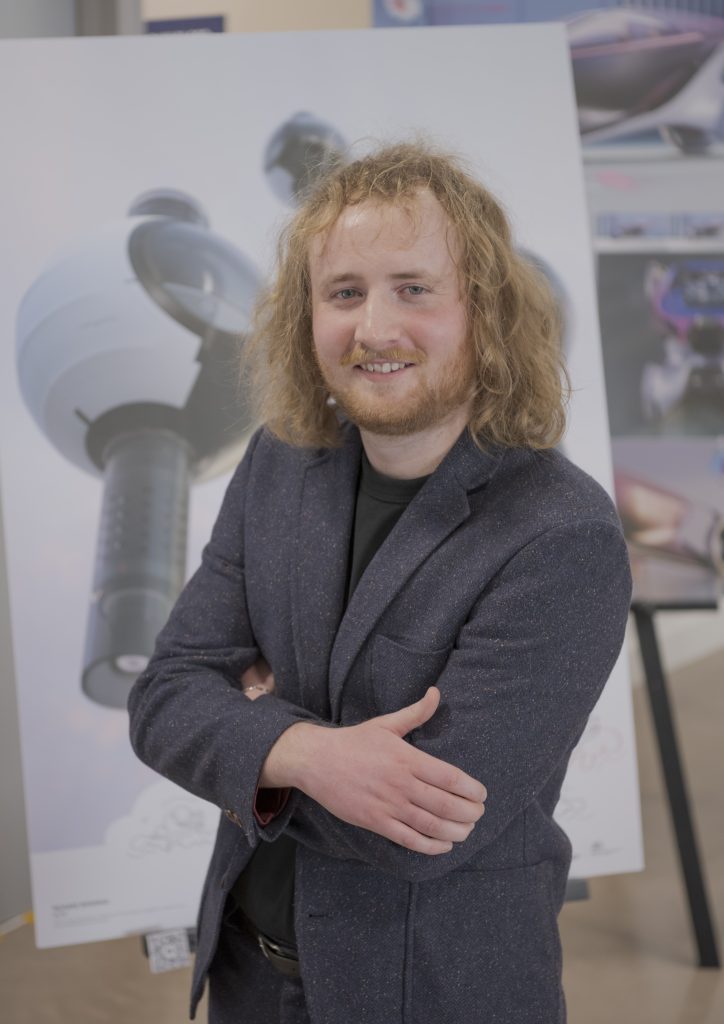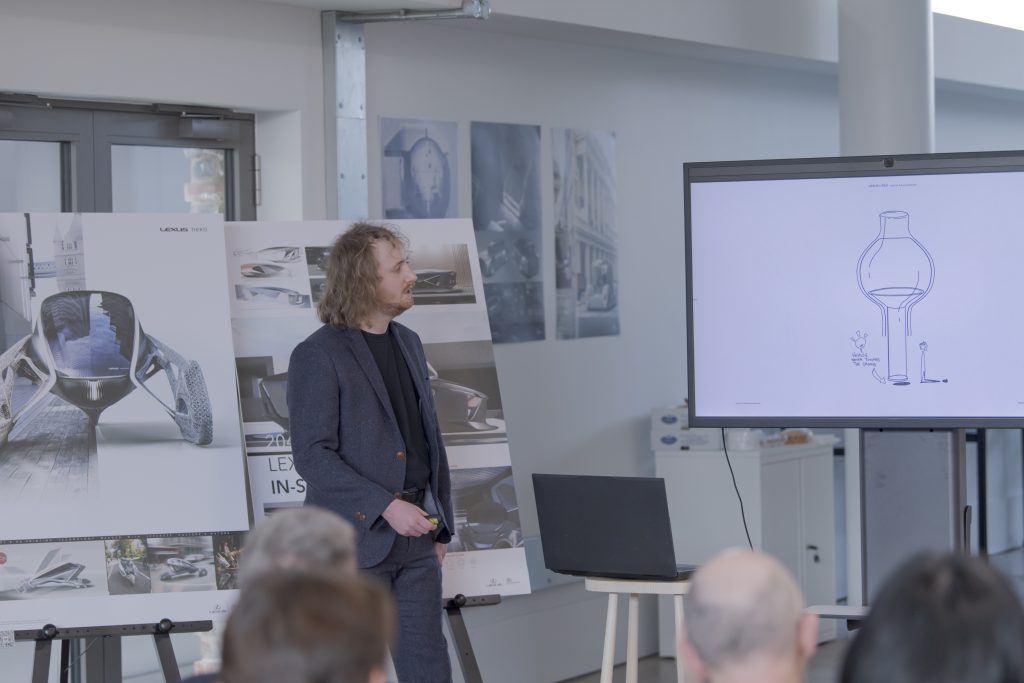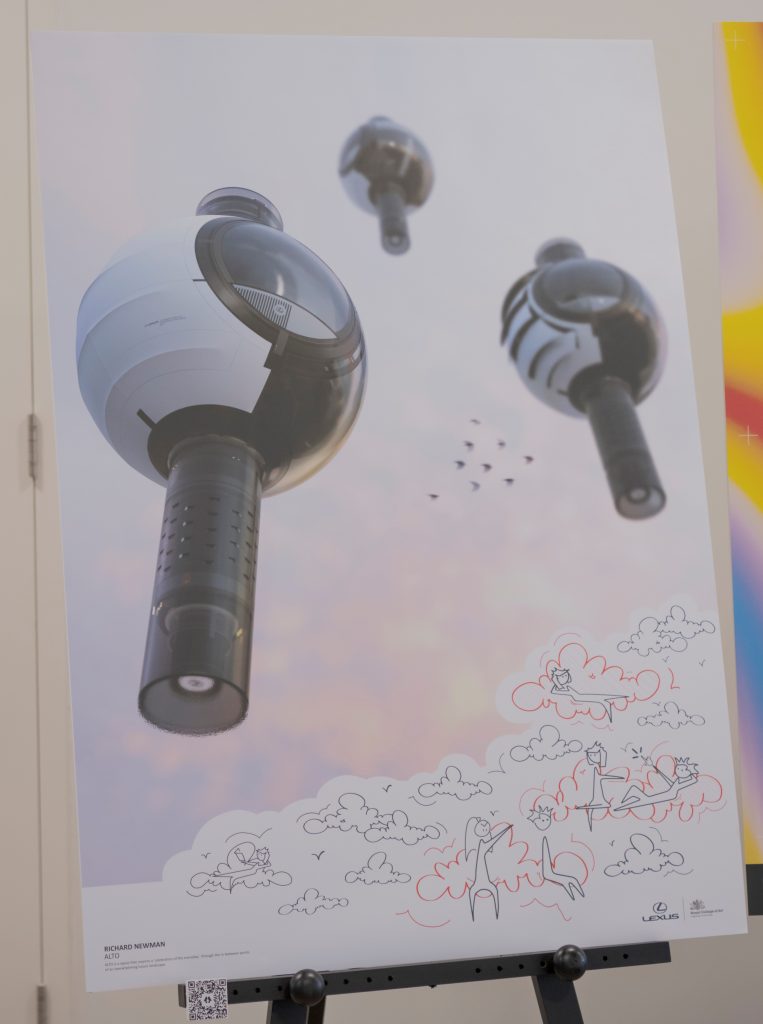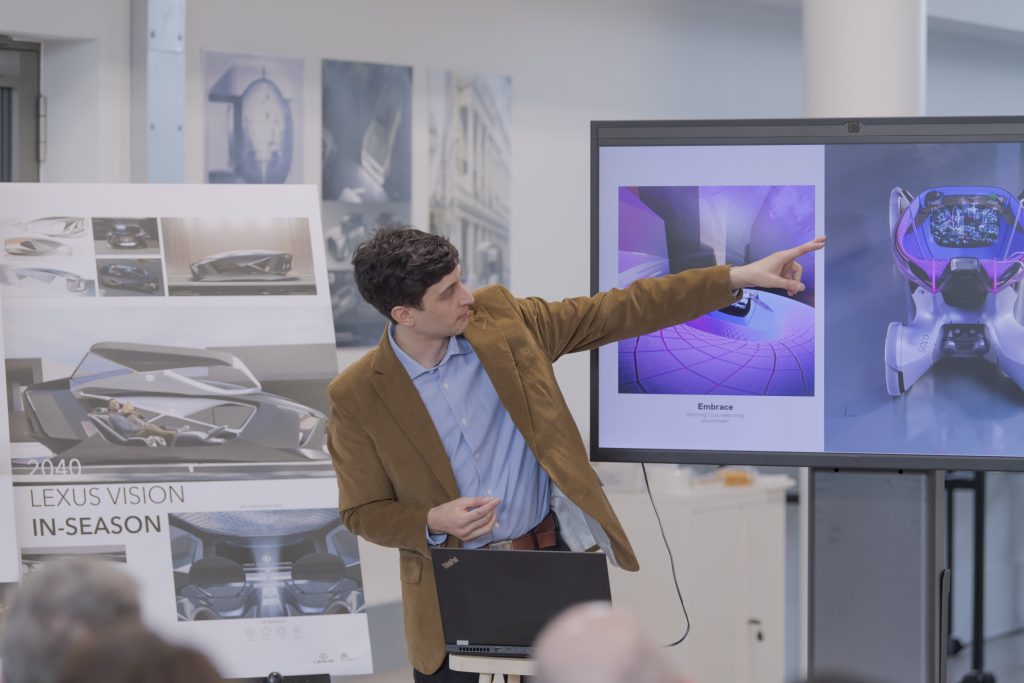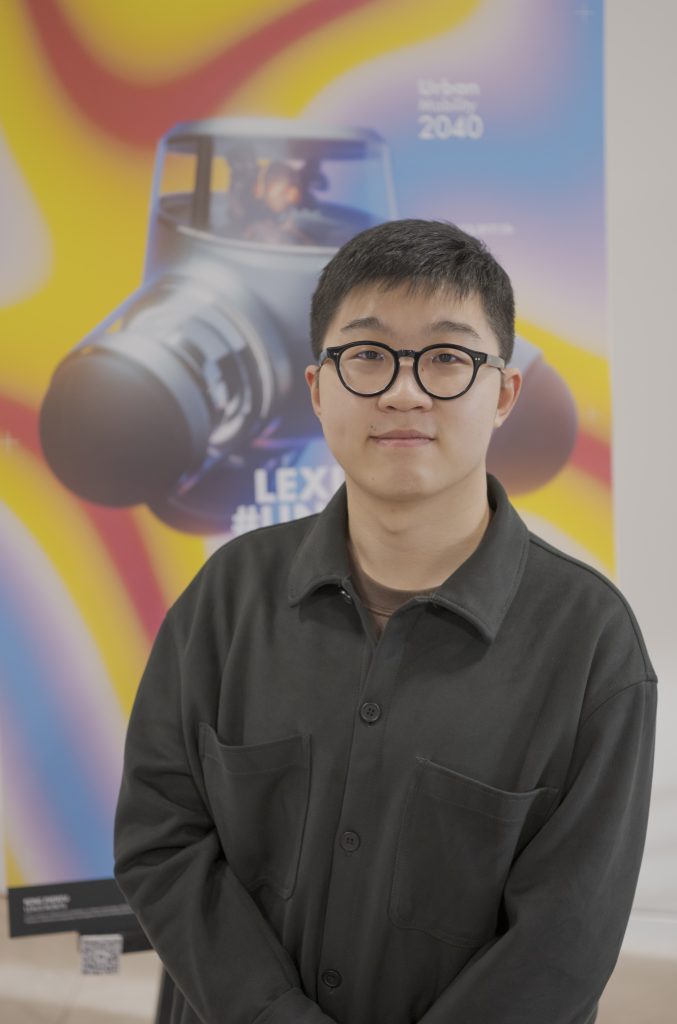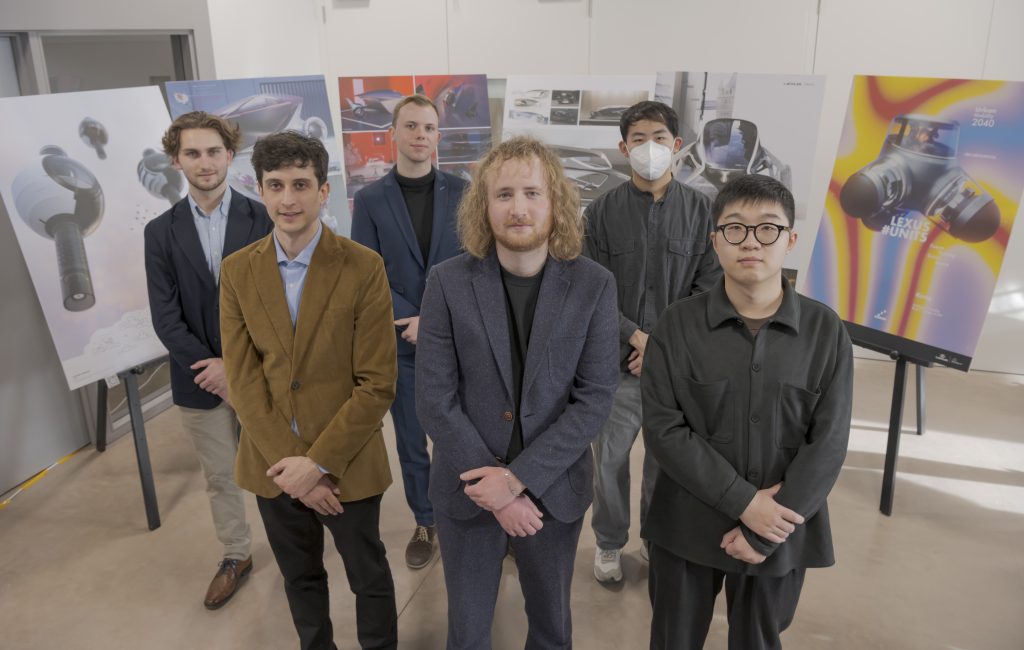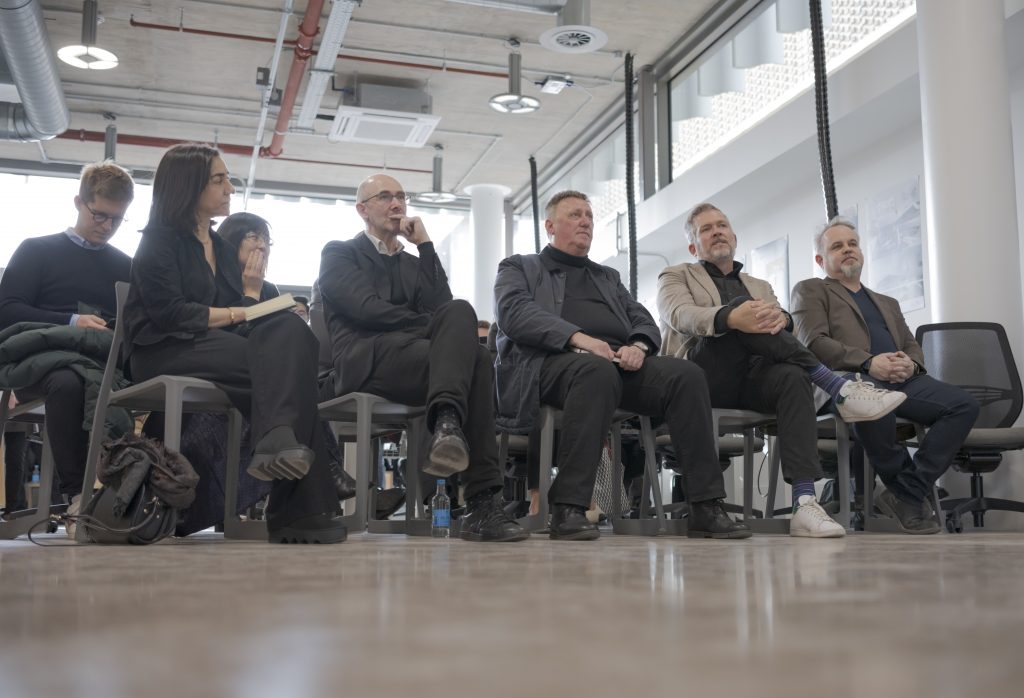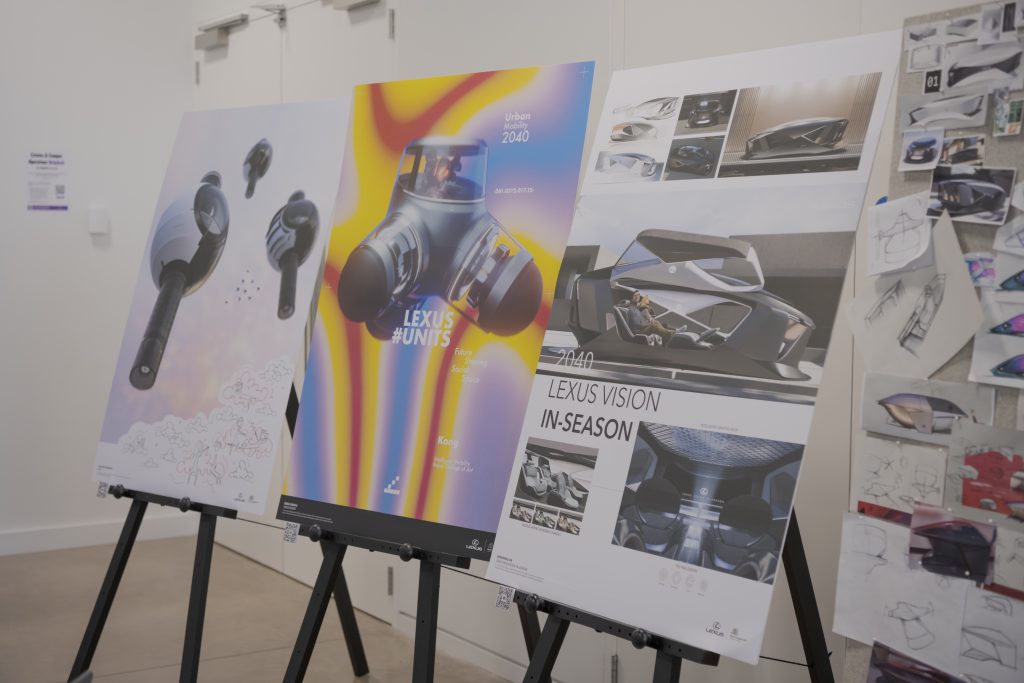Flying “ALTO” design concept wins the Lexus RCA Mentorship Programme
- Richard Newman is the winner of “Lexus 2040: the Soul of Future Premium”, a design programme presented by Lexus and the Royal College of Art in London for postgraduate students at the RCA’s Intelligent Mobility Design Centre
- Winning “ALTO” design concept reflects Richard Newman’s vision for a personal flying vehicle
- Runners-up commendations for Zhenyu Kong creator of “Lexus #Units” and Ben Miller, for “Crucible”
- Projects supported and assessed by a distinguished panel, including Lexus design leaders Ian Cartabiano and Lance Scott and Prof Dale Harrow and Dr Chris Thorpe of the RCA
A Lexus design challenge to envision how luxury mobility might evolve in the year 2040 has been won by “ALTO”, a radical concept for a personal, globe-like flying vehicle.
The work of young designer Richard Newman was selected from among six finalists in the Lexus 2040: the Soul of Future Premium programme. Presented by Lexus with the Royal College of Art (RCA) in London, the project challenged postgraduate students at the college’s Intelligent Mobility Design Centre (IMDC) to explore new vehicle architectures to meet changes in European city life and society and to re-imagine the role Lexus might play as a luxury mobility brand.
“ALTO,” is a hydrogen-powered VTOL (vertical take-off and landing) vehicle, its pendant shape inspired by hot air balloons and plant terrariums. Newman looks to a future where technology will become so commonplace, it will no longer be considered a luxury; instead, people will value “celebration of the everyday” as premium experiences. He describes the vehicle as “jewellery in the sky – like a cloud’s earring,” with an exterior that can be personalised. The design’s functionality also allows for seamless docking onto the side of buildings.
“I wanted to create something that is quite challenging, that would raise a few eyebrows, but which would also make people smile,” said Richard, from Coventry, UK. “It proved to be quite an organic design process and the changes I needed to make became quite evident as the programme progressed, with the input from the Lexus designers.”
The six-month programme included mentoring and assessment sessions with Ian Cartabiano and Lance Scott, respectively President and Senior Manager at Lexus’ European design studio, ED2, together with Prof Dale Harrow, Chair of the IMDC, and Dr Chris Thorpe, the RCA’s Intelligent Mobility Head of Programme. They were joined on the judging panel by design author and commentator Nargess Banks and senior representatives from Lexus Europe to select the winner.
The designers presented their work in person to the judges at a ceremony at the IMDC on 15 March. In addition to the winner, there were commendations for two runners-up: Zhenyu Kong (China) for ”Lexus #Units” and Ben Miller (Canada) for “Crucible”.
Lexus #Units’ unique design takes its inspiration from the shape of coastal barriers. It is highly flexible and can reduce its footprint to adapt to narrow roads. The interior can be personalised using blockchain technology, so NFT artworks can be brought on a journey. Lexus #Units caters for Generation Alpha’s desire for diversity in self-expression, tapping into the popularity of social media for sharing of opinions and emotions. The vehicle can link to other vehicles and be used as a projector device, e.g. to join concerts or parties virtually.
The Crucible is a hydrogen-fuelled escape vehicle that divides itself to meet different use scenarios and contexts. It separates the owned luxury cabin from the technology to create a service that is both carefree and personalised. The morphing interior can adapt to any configuration for seamless comfort and could even be put inside a house. Users could choose a different vehicle for weekdays and for weekends when they want to explore and meet others. In reference to Lexus design cues, Miller reinterpreted the Lexus spindle grille and created a light and airy vehicle that is easy to get in and out of, and that can be reclined for comfort.
Lance Scott said: “All the designers impressed us with their thinking, their ideation and the breadth of their imagination. What they produced was not just fantasy, but based on factual study of what ‘premium’ might mean in a future society, and they extrapolated this to create something very forward-thinking. With Richard Newman’s winning project, everything was well-thought-out and executed. His positive, optimistic view of the future of Lexus is very much what we want for our brand, something that can bring a smile to everyone’s face.”
Prof Dale Harrow commented: “This has been a very rewarding project for everyone involved, and with Lexus we have been able to explore profound issues surrounding mobility in terms of future lifestyles and products. The results show how young designers are thinking deeply about mobility issues and bringing their day-to-day experiences to the project, from a wide range of cultural backgrounds.”
Etienne Plas, Senior Manager, Lexus Product Communications, said: “As a brand, we actively encourage and support the development of new design talent and thinking. This project has delivered intriguing and exciting new ideas about how Lexus might evolve as a brand to address changing mobility requirements and perceptions of what ‘premium’ means.”
ENDS

